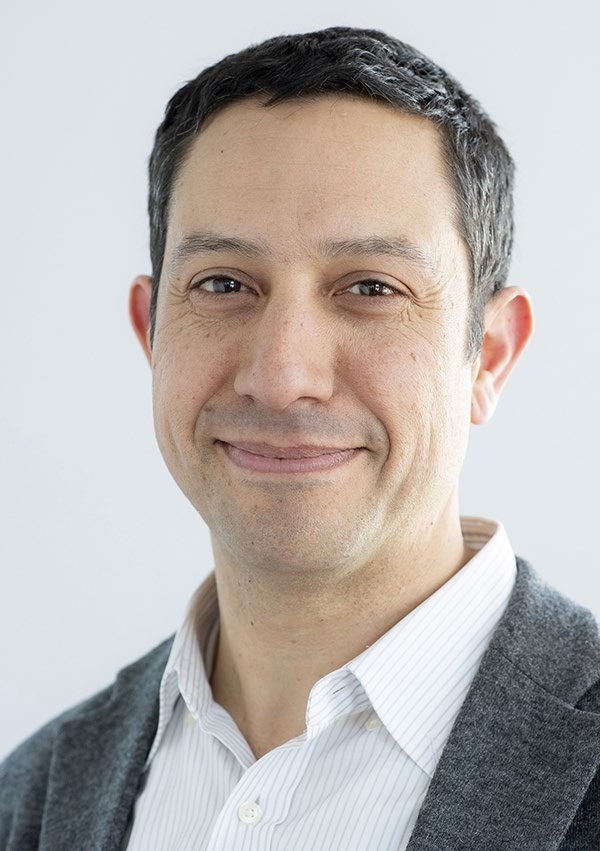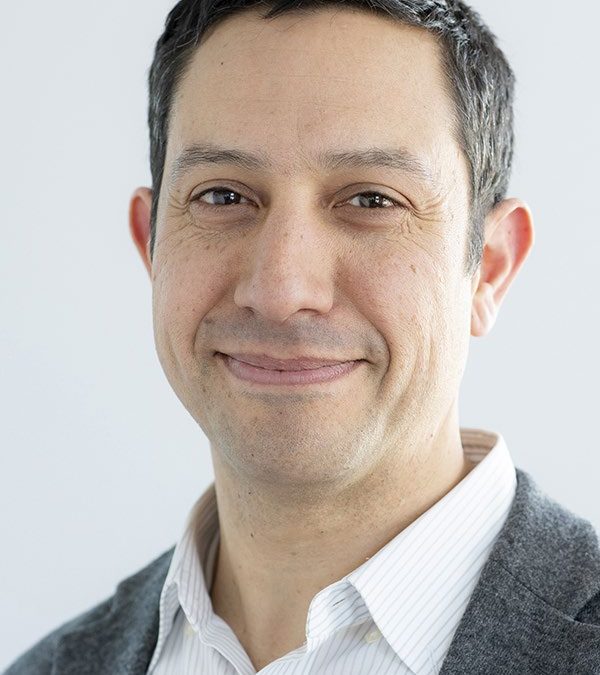
ABSTRACT: My laboratory studies the form and mechanical function of biological materials and the response of living tissues to mechanical stimuli. Here I provide a survey of recent efforts in my laboratory covering structure function relationships in spongy bone, changes in bone material properties caused by the microbiome and the biomechanics and mechanobiology of individual bacteria.
Trabecular bone is a naturally occurring, high porosity, microarchitectured material. Degradation of the trabecular microstructure is a hallmark of osteoporosis and leads to mechanical failure under habitual activity. Here we studied the effects of trabecular microstructure on damage accumulation during cyclic loading and report an unexpected finding– the structural elements oriented transverse to loading, which are small and have negligible effects on uniaxial strength have a substantial effect on fatigue failure. We show how our findings are not only relevant to osteoporosis but also to synthetic microstructures used in engineering applications.
In the past eight years my laboratory has pioneered the study of the effects of commensal microbes on musculoskeletal tissues. Commensal microbes reside in the body naturally and are together known as the microbiome. Here I review recent work from my group demonstrating that it is possible to modify the composition of the gut microbiome (types of bacteria and their relative abundance) can lead to changes in bone biology that can impair or improve the mechanical performance of bone matrix itself.
Lastly, I introduce a new line of investigation in my laboratory that extends the field of cell biomechanics into prokaryotic organisms. Here we use a novel microfluidic platform with nanoscale features to capture and mechanically load individual bacteria. We use super-resolution microscopy to track the motion of cell membrane proteins to measure the physiologic responses to mechanical stress and strain. Our findings demonstrate that bacteria, like mammalian cells, have mechanosensitive systems that influence resistance to toxins and antibiotics as well as chromosomal gene expression.
BIOSKETCH: Dr. Hernandez is a Professor in the Sibley School of Mechanical and Aerospace Engineering at Cornell University and is an Adjunct Scientist at the Hospital for Special Surgery. Dr. Hernandez is a Fellow of the American Society of Mechanical Engineers (ASME), the American Institute for Medical and Biological Engineering (AIMBE), the Biomedical Engineering Society (BMES), and the American Society for Bone and Mineral Research (ASBMR). He is the 2018 recipient of the Fuller Albright Award for Scientific Excellence from the American Society for Bone and Mineral Research. In 2021 he was named Educator of the Year by the Society of Hispanic Professional Engineers. He has served on the Board of Directors of the Orthopaedic Research Society and is currently serving as Councilor to the American Society for Bone and Mineral Research. His laboratory’s research currently focuses on the effects of the microbiome on bone and joint disorders, periprosthetic joint infection and the biomechanics and mechanobiology of bacteria.
Date/Time:
Date(s) - Feb 25, 2022
11:00 am - 12:00 pm
Location:
47-124 Engineering IV
420 Westwood Plaza Los Angeles CA

